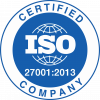An organizational chart in companies is a layout that shows the different departments of a company, not in isolation but also how the various departments within the company are connected to each other and, presumably, giving coherence to the structure. Keep reading to learn more about the benefits of having an organizational chart.
Does the organizational chart in companies have to be very complex?
As indicated above, a company’s organizational chart is understood as a graphical representation, i.e., a very visual and intuitive diagram, of the structure of its workforce.
This representation can be customized in any way we want or need, depending on whether we want to highlight hierarchical levels, areas of the company, relationships between departments, or other aspects of the company’s activity. However, in principle, it is about what we have just mentioned: the organization chart in companies wants to project the team’s structure in an image accessible to all interested parties. In the case of organizations with small workforces, the organizational chart in companies can also make visible the different people placed in their respective hierarchical levels.

In summary, by looking at the organizational chart, we see departments, roles, names, and links between them. We get a quick snapshot of how the company organizes the people who do the work.
This allows individuals within and outside the team to see who they need to contact when dealing with a particular issue, who the responsible employees are in the teams, and who each employee needs to report to for their actions.
What does an organizational chart contribute to companies?
No matter what the actual size of an organization is, the team’s structure must be explicitly laid out so that everyone who needs it (the employees themselves to begin with) can access this information and know where each person is located within the organization.
Suppose the staff is made up of six or ten employees. In that case, the organization chart of that company will be straightforward in terms of the number of employees, hierarchical levels, existing departments, and the relationships between all of them. Therefore, everyone will have it in mind and be able to draw it in a few minutes without making a mistake. However, even if this is the case, it is always a good idea to set up the organizational chart in companies explicitly because companies tend to grow in such a way that the structure of their team is “deformed” much earlier than its members can notice.
For this reason, it is important to consider the main advantages of having a properly configured and updated organizational chart in companies.
1. Provides clarity
The organizational chart in companies has to be clear to be useful. Therefore, it is important to get it in a format that allows it to be an image as intuitive, simple, and schematic as possible to show anyone the organization’s structure so that it is easy to understand without the need for great explanations. When this is done, the organization chart fulfills its function, which is good for the company.
2. Provides an overview
An organizational chart in companies allows you to see the real structure of the team and the relationships between its members and departments. In this way, it is easy to identify inefficiencies in the organization to see if there are too many or not enough “branches” within the staff hierarchy or if certain areas have an unbalanced volume in relation to others. In addition, observing a company’s different organizational charts over the years makes it possible to analyze how the company has been orienting its growth.
3. Gives information on staffing policy
An organizational chart in companies is not just a succession of names or labels placed at different levels. In some way, it also informs the observer of the orientation the company wishes to give to the team: for example, which departments it wishes to give more prominence to or how much hierarchy is deemed necessary. This type of data can also reveal certain aspects of the corporate culture that have to do with the horizontality or verticality of the organization or the scope for career development that can be achieved.

4. Eases communication
As we indicated before, the organizational chart in companies has a visual and systemic function: it shows the elements of the staff and the relationships between them. This positively influences the company’s internal communication field since it allows one to know more or less quickly to whom it is necessary to address each issue or who is in charge of which employees. This way, it is possible to prevent situations in which information is given to someone who should not have it or to skip steps within the hierarchy.
We hope this post about the organizational chart in companies will help you better organize your team. Remember, if you would like more information about ifeel’s emotional well-being service for companies, simply request it, and we will contact you as soon as possible.










